It’s been sixty-six years ever since Edmund Hillary and Tenzing Norgay climbed the Mount Everest and became the first people to do so. But ever since the first ascent, over the past few years, a lot of mountaineers have brought up the issue of overcrowding on the mountain.
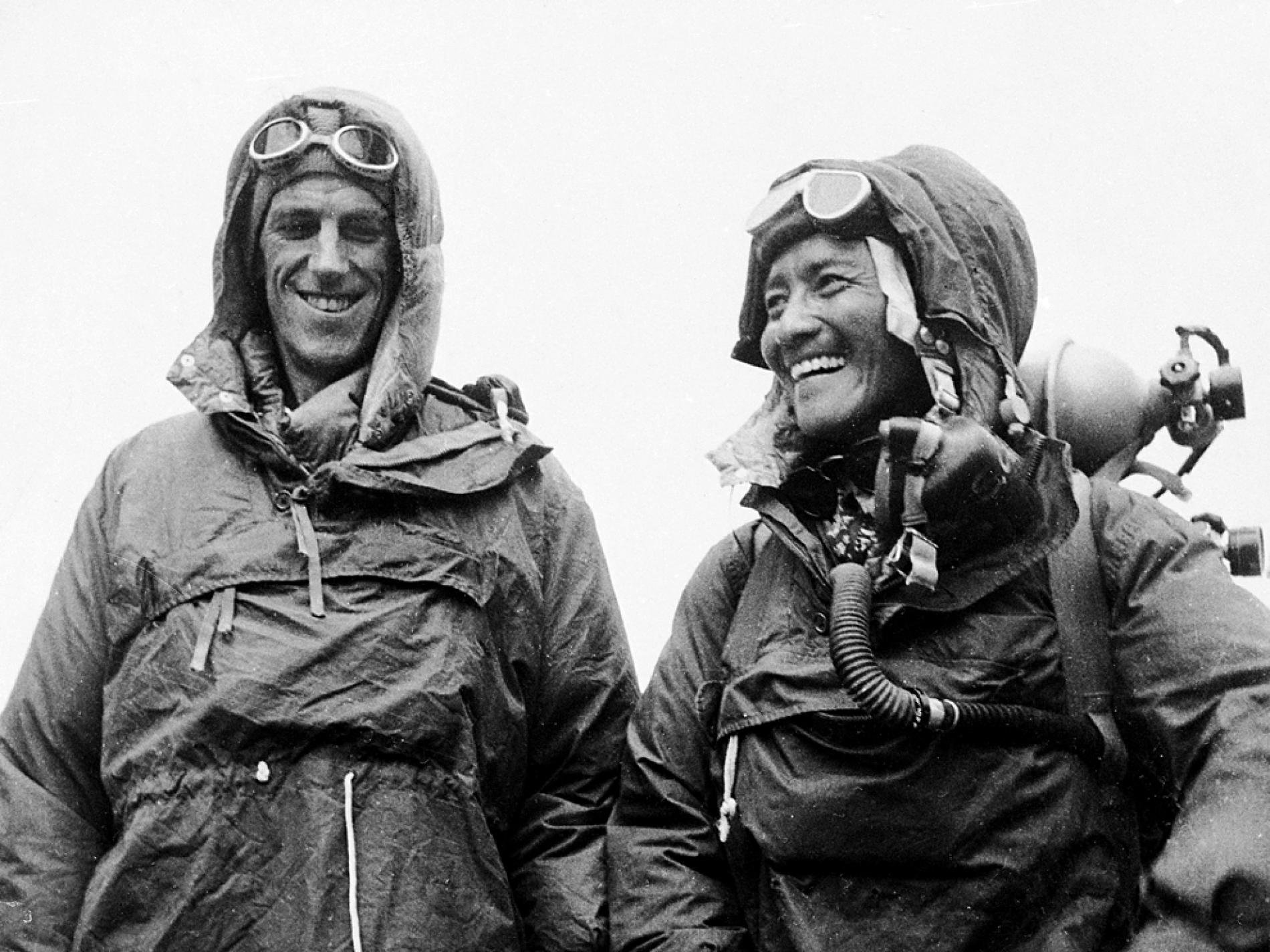
According to reports, around 600 people are believed to have participated in the summit this year and it has created a ‘traffic jam’ of sorts on the peak. The number of deaths has gone up to 11 in just nine days which is the highest since 2015 when a number of avalanches killed a lot of climbers.
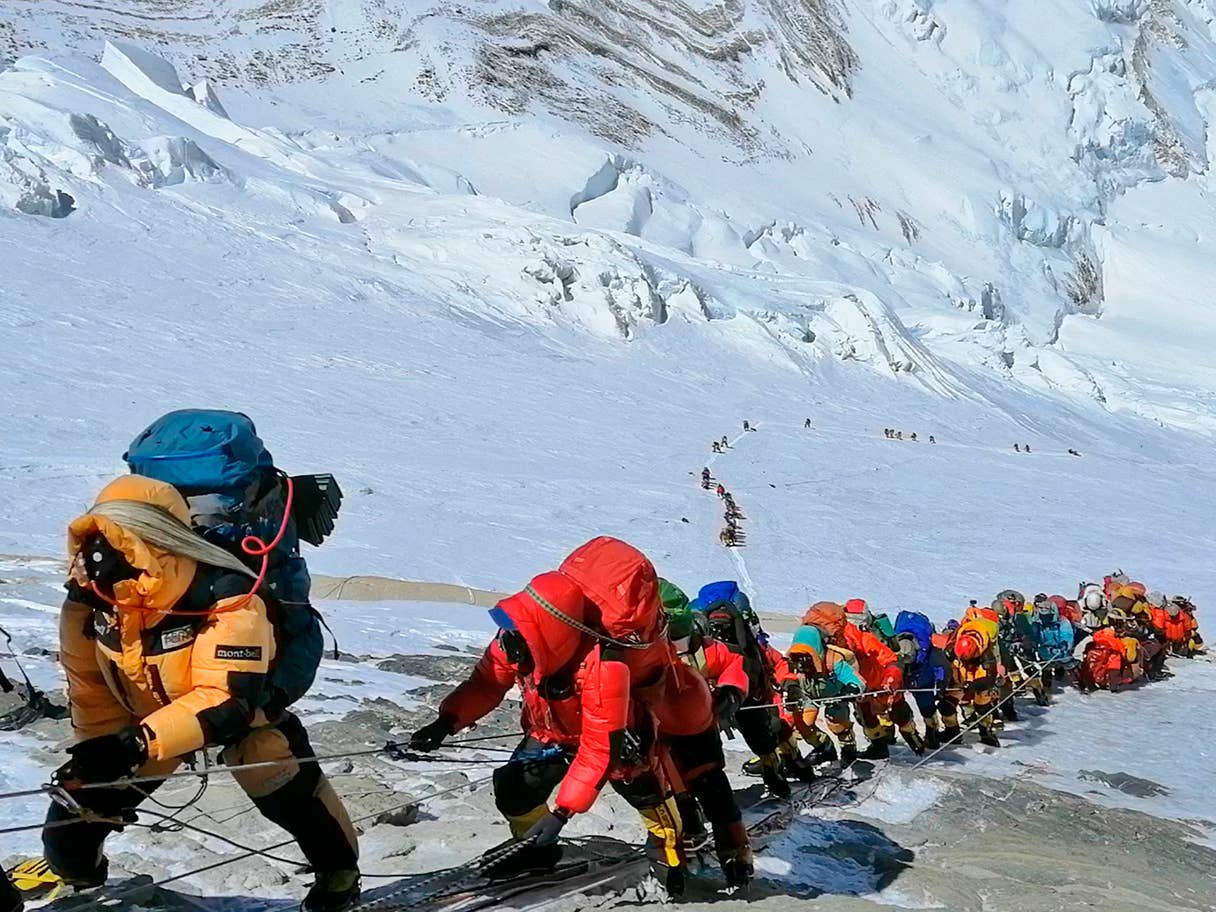
Apparently, this season witnessed a record-breaking number of 381 climbers who had climbing permits issued to them by the Nepalese government. Nepal being one of the poorest nations in the world depends on the income they generate from these expeditions which is almost $300 million dollars per year.
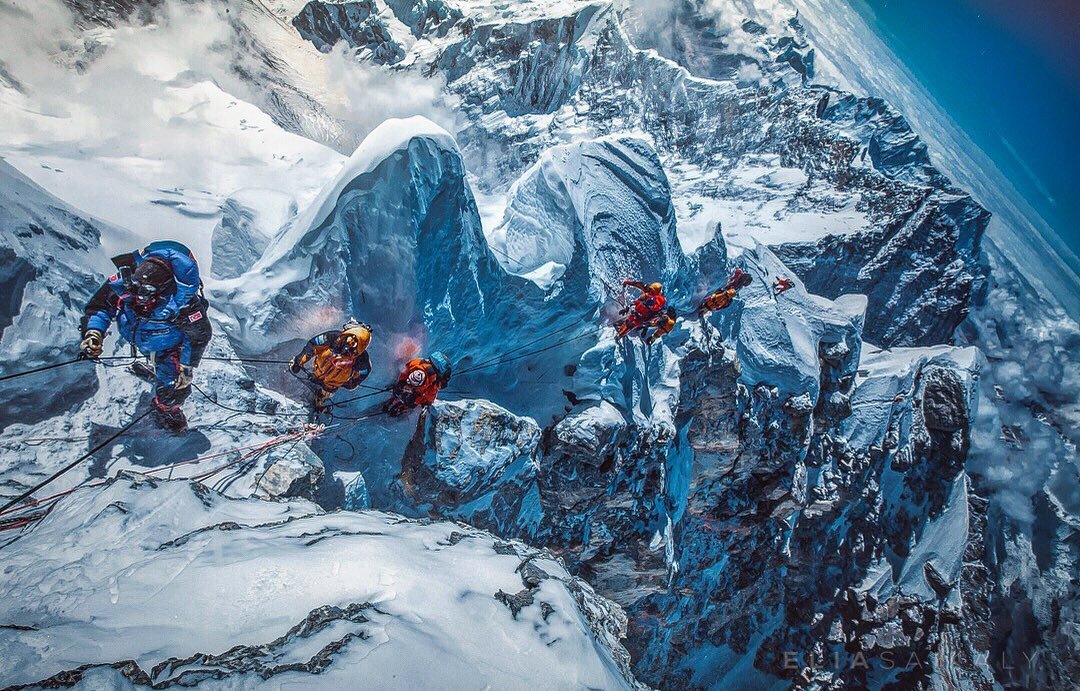
The major flaw while issuing these permits is that there are no set guidelines to be followed to ensure the safety of the climbers and others along with them. The only thing required is a medical certificate by a doctor claiming that the person is physically fit but that doesn’t determine the stamina they would need at such a high altitude.
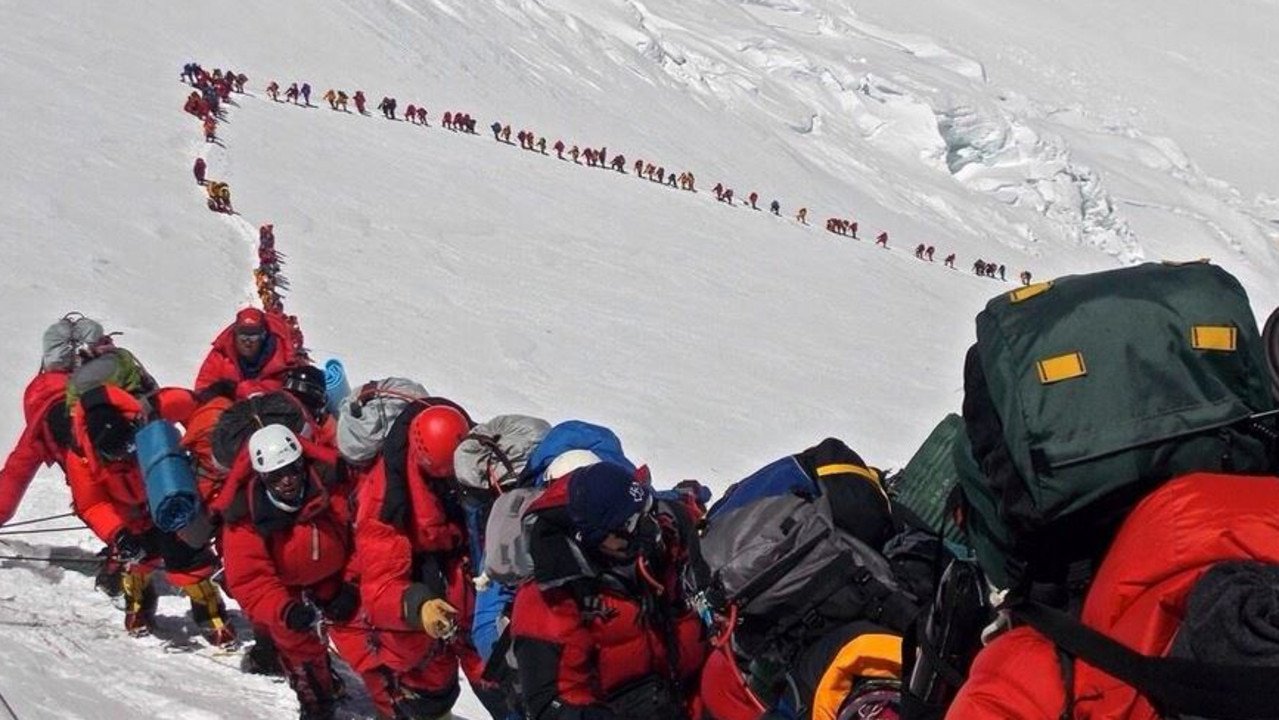
A Canadian film-maker who was filming four Arab women climbing the highest peak in the world shared a harrowing image of climbers stuck in a jam. She also mentioned how people had to trample over dead bodies to get ahead. She shared this ordeal on her Instagram,
She also added,
People who I tried to turn back who ended up dying. People being dragged down. Walking over bodies. Everything you read in the sensational headlines all played out on our summit night.
There was a time when the peak was only accessible to professional mountaineers but ever since Nepal’s climbing industry has reached an all-time high, new endeavours have come into the picture providing people with cheap packages. This attracts a lot of adventurers and hobbyists who lack the proper sense of experience needed to climb the Himalayan peak.
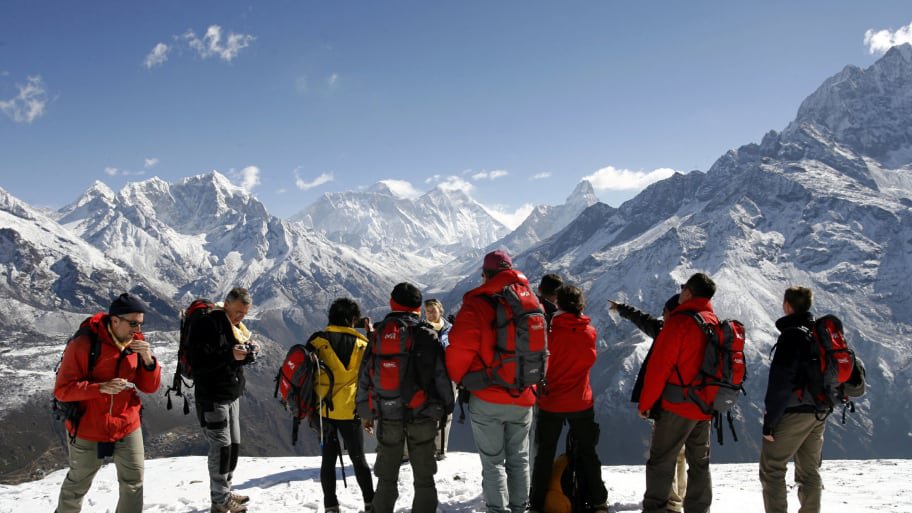
Another mountaineer named Eric Murphy who climbed the Everest for the third time told the Independent that ideally it should have taken 12 hours to complete the summit but it took them 17 hours instead because of inexperienced climbers who were too exhausted to move ahead.
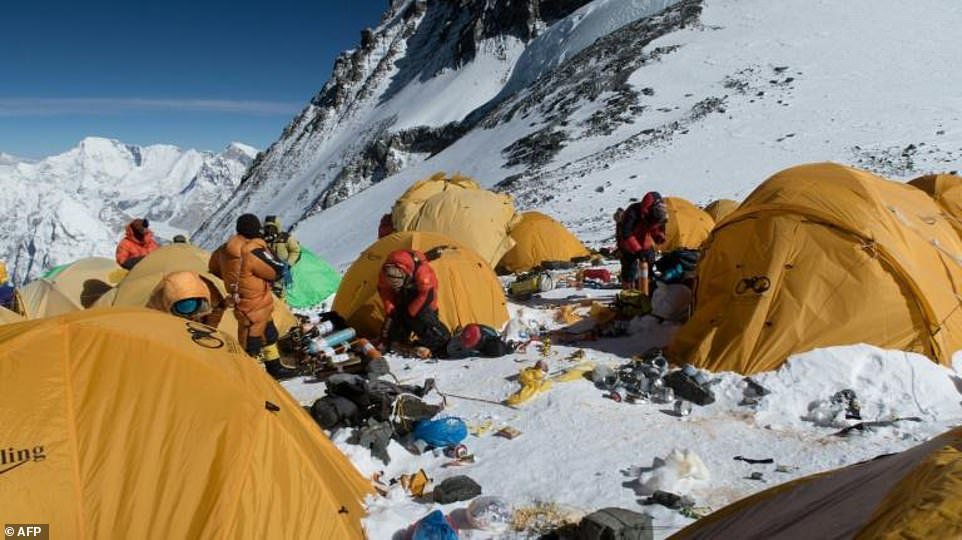
A number of people have lost their lives during this climbing season; Don Cash (in picture below), a sales executive from Utah, Christopher Kulish, an attorney from Colorado, Seamus Lawless, an Irish professor from County Wicklow and Kevin Hynes, another Irishman. An Australian and two Indian climbers have also been reported dead in the past one week.
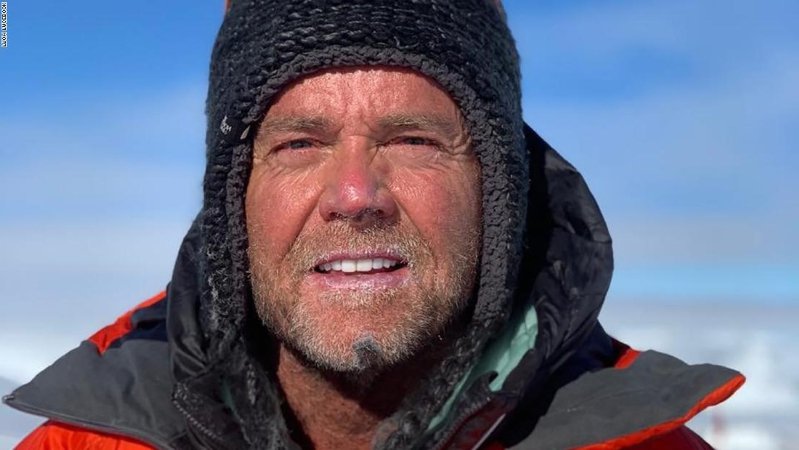
Since it is impractical and extremely dangerous for climbers to bring the corpses along with them, there is no other option but to leave them there on the mountain.
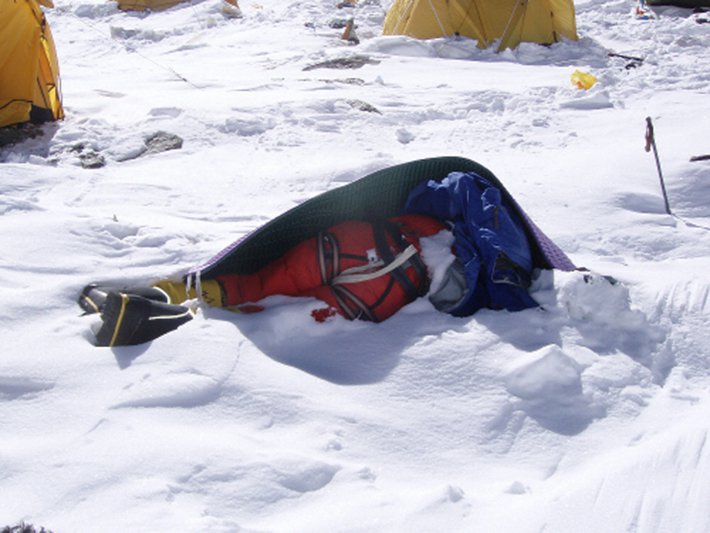
According to reports, more than 300 people have died on Everest over the last 50 years and out of those, around two-thirds are buried under the ice and snow, elevating the reach of the peak.
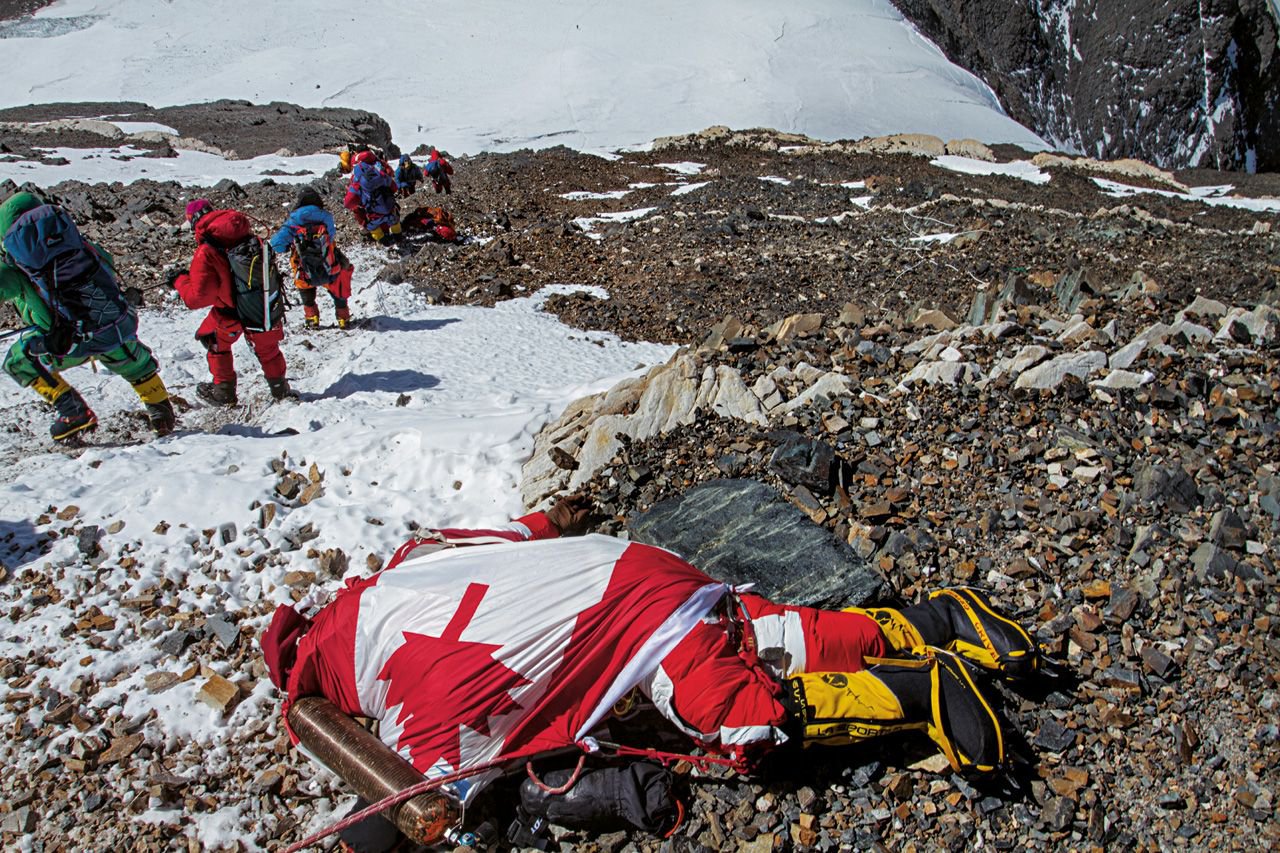
Elia Saikaly also mentioned in her Instagram post that the expedition companies that offer cheap and so-called affordable packages for the climbers need to realise that this is a situation that cannot afford to be economised. She wrote,
I write this with the utmost respect for those that lost their lives and their loved ones, but it needs to be said: PLEASE remember, economizing on Everest puts you, your teammates, your Sherpa support system and everyone else on the mountain in danger. When you cut corners someone is paying for it. Not only are you risking your own life, but the lives of the great Sherpa people and other tribes who work on Everest.
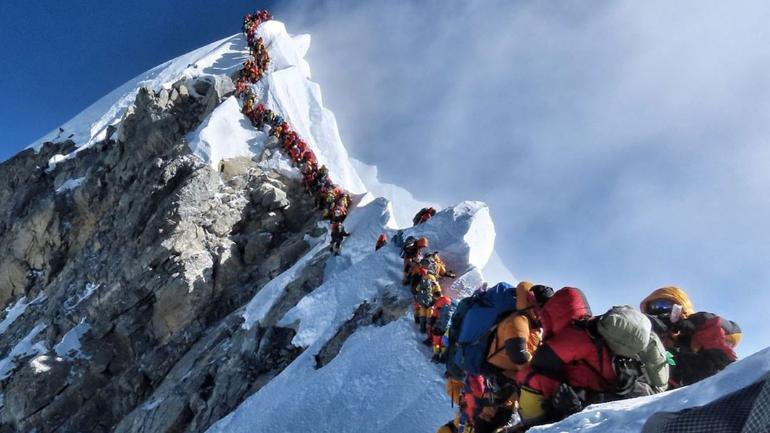
This is a wake-up call to the people of the world that need to learn that not everything in this world needs to be economised in the name of tourism. We, as human beings, have caused enough damage to the environment and each other in the name of money and adventures. This is serious and needs to be addressed immediately.

















